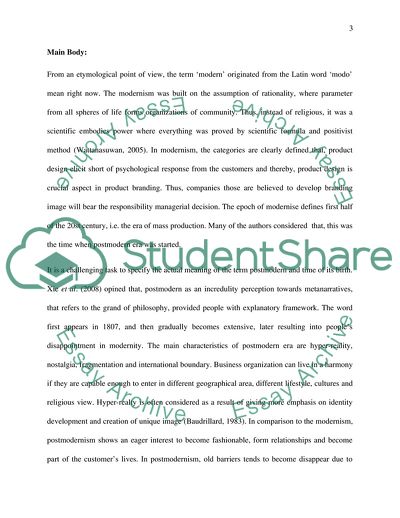Cite this document
(The Process of Branding Coursework Example | Topics and Well Written Essays - 1500 words, n.d.)
The Process of Branding Coursework Example | Topics and Well Written Essays - 1500 words. https://studentshare.org/marketing/1842075-branding-2
The Process of Branding Coursework Example | Topics and Well Written Essays - 1500 words. https://studentshare.org/marketing/1842075-branding-2
(The Process of Branding Coursework Example | Topics and Well Written Essays - 1500 Words)
The Process of Branding Coursework Example | Topics and Well Written Essays - 1500 Words. https://studentshare.org/marketing/1842075-branding-2.
The Process of Branding Coursework Example | Topics and Well Written Essays - 1500 Words. https://studentshare.org/marketing/1842075-branding-2.
“The Process of Branding Coursework Example | Topics and Well Written Essays - 1500 Words”. https://studentshare.org/marketing/1842075-branding-2.


